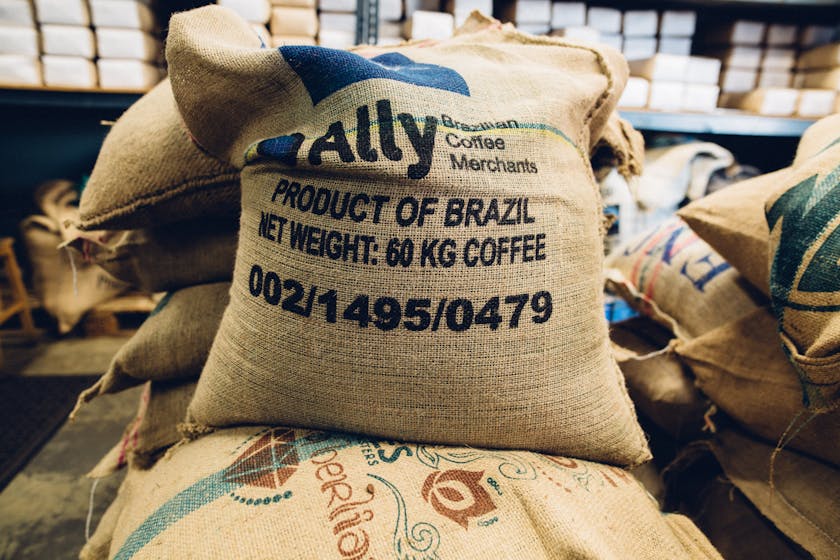When considering bulk meal storage for emergency preparedness, it’s important to approach the process with a strategic plan. Having a reliable stockpile of food ensures you’re well-equipped in case of unforeseen circumstances, such as natural disasters or other emergencies. In this post, we’ll guide you through the essential steps to effectively store meals for the long term.
Understanding the Basics of Bulk Meal Storage
Before diving into purchasing bulk food items, it’s crucial to understand the core principles of meal storage. The longevity and safety of your stored meals depend on factors such as temperature, moisture, light, and packaging. A cool, dark, and dry environment is ideal for extending the shelf life of your provisions. Additionally, using airtight containers and vacuum-sealed bags can help prevent spoilage and maintain nutritional value.
Selecting the Right Food Items
Choosing the right types of food for bulk storage is a key component of emergency preparedness. Focus on non-perishable items that have a long shelf life, such as:
- Rice and grains: Store in airtight containers to keep them dry and free from pests.
- Dried beans and legumes: A great source of protein that can last for years when stored properly.
- Canned meats, vegetables, and fruits: Ensure a well-rounded diet with a variety of nutrients.
- Powdered milk and dried eggs: Provide essential vitamins and minerals.
- Nuts and seeds: High in energy and can be vacuum sealed for longevity.
Effective Storage Techniques
To maximize the shelf life of your bulk food, consider the following storage techniques:
- Use food-grade storage containers: These are designed to keep food safe from contaminants.
- Oxygen absorbers: These can be placed in containers to remove oxygen, thus inhibiting the growth of aerobic organisms.
- Labeling: Clearly label each container with the contents and the date of storage to keep track of your inventory.
Creating a Diverse and Nutritious Meal Plan
Having a variety of food items is not only better for your health but also helps reduce meal fatigue during a prolonged emergency. Include a balance of carbohydrates, proteins, and fats, as well as vitamins and minerals. Plan your meals around your stored items to ensure you’re using older stock first and maintaining a fresh supply.
Maintaining Your Bulk Meal Storage
Regularly check your stored meals for signs of spoilage or pest infestation. Rotate your stock, using the oldest items first and replacing them with fresh supplies. This practice, known as “first in, first out,” ensures that nothing goes to waste and your stockpile remains viable.
Integrating Bulk Meals into Everyday Life
One effective way to ensure your bulk meal storage doesn’t go to waste is to incorporate these items into your regular cooking routine. This not only helps you rotate your stock but also familiarizes you with the tastes and preparation methods of your stored food. Practice preparing meals using only your stored ingredients to gain confidence in your emergency cooking skills.
By following these guidelines, you can establish a robust bulk meal storage system for emergency preparedness. Remember, the key to successful long-term food storage is planning, proper selection and maintenance of your food items, and regular rotation. With these measures in place, you’ll be well-prepared for any situation that might arise.



